🔥 The 7 Secret Ingredients of a Killer Whole Chicken Spice Rub
Ever wonder why your grilled chicken tastes... well, like every other grilled chicken at the neighborhood BBQ? Maybe it’s not your cooking skills—it might just be your spice rub. Let's face it, plain old salt and pepper is so 2010. If you're ready to take your whole chicken game from "meh" to "mind-blowing," then this guide is for you.
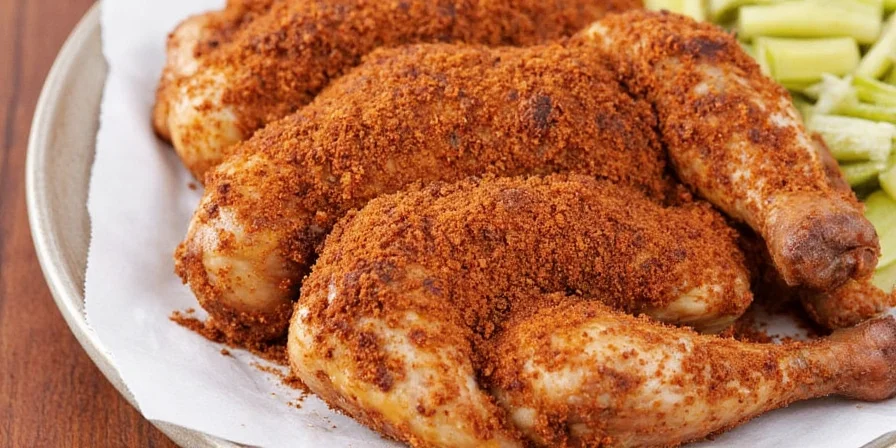
📚 Table of Contents
- Introduction
- Spice Rub vs. Regular Seasoning—What’s the Diff?
- The 7 Must-Have Ingredients in Any Whole Chicken Spice Rub
- Pro Mixing & Application Tips
- Best Cooking Methods for Maximum Flavor
- Flavor Profiles & Signature Rub Combinations
- How to Store & Reuse Your Rub
- Common Rub Mistakes to Avoid
- Conclusion
🧂 Spice Rub vs. Regular Seasoning—What’s the Diff?
You’ve probably heard both terms thrown around at the grocery store or on cooking shows. But what’s the real difference?
| Spice Rub | Regular Seasoning |
|---|---|
| Usually dry ingredients (salt, sugar, spices) | Liquid-based (soy sauce, lemon juice, etc.) |
| Mixed into a paste or dry powder and pressed onto meat | Marinated into the meat over time |
| Creates a flavorful crust when cooked | Infuses flavor throughout the meat |
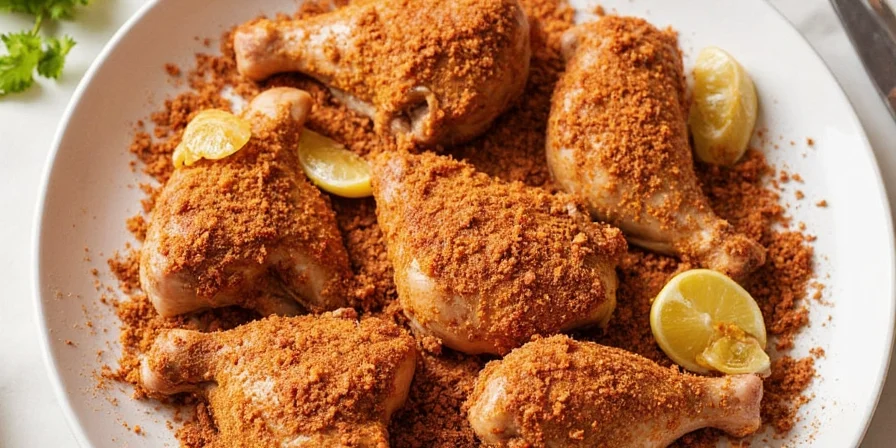
So, if you’re looking for that deep, complex layer of flavor right on the surface of your chicken skin, a good rub is your go-to.
🌶️ The 7 Must-Have Ingredients in Any Whole Chicken Spice Rub
A killer rub isn’t about throwing random spices into a bowl and hoping for magic. There’s some serious science—and art—to balancing flavors. Here are the key players:
- Salt – The MVP of any spice rub. It enhances all other flavors and helps draw out moisture for better browning.
- Black Pepper – Adds heat without overpowering and works with salt like peanut butter and jelly.
- Paprika – Smoked paprika gives depth and color. Sweet paprika is more mellow; hot adds kick.
- Brown Sugar – For that caramelized crust we all drool over. Also balances out spicy or bitter notes.
- Garlic Powder – Because garlic is life. Especially when you don’t want raw garlic chunks in your mix.
- Onion Powder – Subtle umami boost without overpowering other flavors.
- Dried Herbs (Oregano/Thyme/Rosemary) – Fresh herbs lose their punch when dried, but they bring that earthy backbone that rounds out the rub.
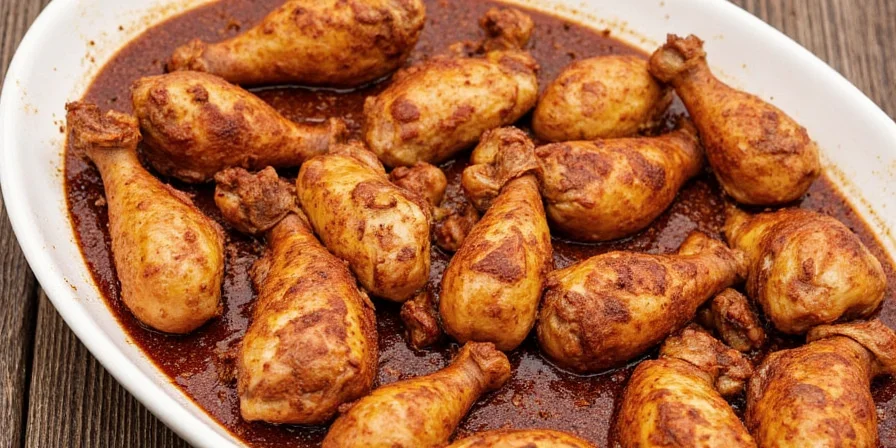
🥄 Pro Mixing & Application Tips
So you've got your spice lineup. Now how do you actually make it work? Follow these tips for optimal flavor distribution and adherence:
- Mix thoroughly: Combine your spices in a small bowl and whisk them until fully integrated. Clumps are your enemy here.
- Add oil for adhesion: A little olive oil or melted butter goes a long way in helping the rub stick to the bird. Just enough to make it slightly damp—not soggy!
- Use your hands: Don’t be shy! Massage the rub into the chicken, including under the skin. This allows the flavor to penetrate deeper.
- Let it rest: Give your chicken at least 30 minutes to absorb the flavors before cooking. Overnight in the fridge? Even better.
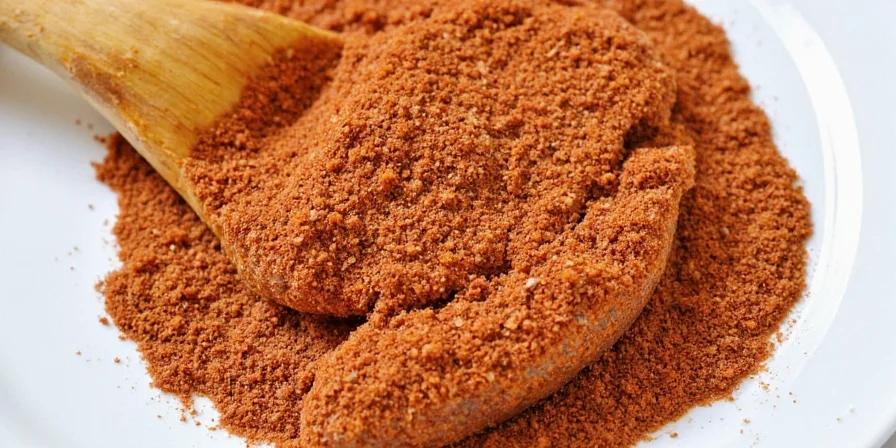
🔥 Best Cooking Methods for Maximum Flavor
Your spice rub is only as good as your cooking method. Here are three top techniques to pair with your masterpiece:
| Cooking Method | Pros | Cons | Temp / Time |
|---|---|---|---|
| Grilling | Smoky flavor, crispy skin | Risk of burning, uneven heat | Medium-high heat, 45–60 mins |
| Oven Roasting | Even cooking, juicy inside | No smoky flavor unless using smoker box | 375°F (190°C), 75–90 mins |
| Smoking | Deeply flavored bark, tender texture | Time-consuming, equipment needed | 225–250°F (107–121°C), 3–4 hours |

🎨 Flavor Profiles & Signature Rub Combinations
Want to get fancy? Try these pre-built rub combos for different global flavor profiles:
- Classic American BBQ: Brown sugar, smoked paprika, chili powder, mustard, salt, black pepper, garlic powder
- Mediterranean Magic: Oregano, lemon zest, garlic, cumin, salt, black pepper, coriander
- Asian-Inspired: Sesame seeds, five-spice powder, ginger, soy powder, brown sugar, garlic, salt
- Latin Fiesta: Cumin, coriander, smoked paprika, oregano, orange zest, garlic, chili flakes
- Tex-Mex Twist: Chili powder, cumin, onion powder, garlic, lime zest, smoked paprika, salt
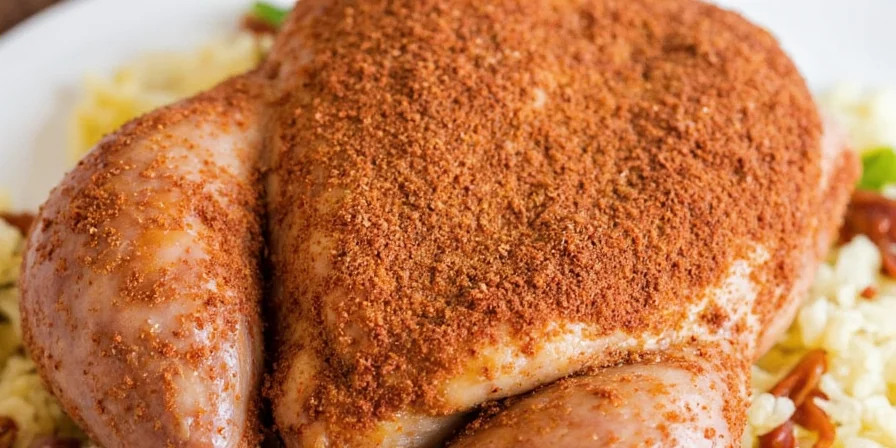
📦 How to Store & Reuse Your Rub
One of the best things about homemade spice rubs? They last forever—if stored properly. Here’s how:
- Store in an airtight container (like a mason jar or spice shaker).
- Keep away from heat, moisture, and sunlight.
- Label it clearly with the name and date.
- Shake before use to redistribute ingredients.
If you made a big batch, consider vacuum-sealing portions in smaller ziplock bags for easy grab-and-go grilling.
🛑 Common Rub Mistakes to Avoid
Even pros slip up sometimes. Here are the most common mistakes when making and applying whole chicken spice rubs:
- Too much salt: It can overpower everything else. Start with less and adjust.
- Uneven application: Be thorough! Missed spots = missed flavor.
- Using too much oil: Makes the rub slide off and prevents a crisp crust.
- Not letting it rest: Rushing equals bland chicken. Patience pays off.
- Ignoring the skin: Rub under and on top of the skin for maximum effect.
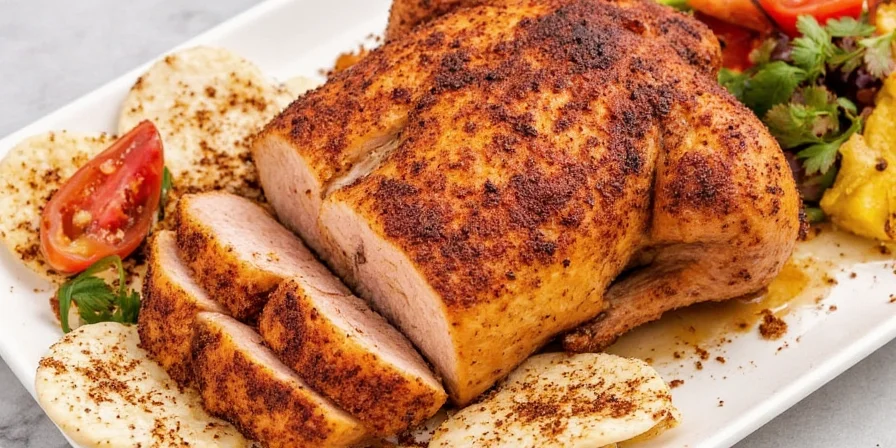
🎉 Conclusion: Elevate Your Chicken Game Today
A great whole chicken spice rub isn’t rocket science—but it’s close. With the right balance of salty, sweet, spicy, and aromatic, you’ll have friends begging for your secret recipe. Whether you're smoking low and slow, roasting in the oven, or slapping it on the grill, a solid spice rub makes all the difference.
Remember: Experimentation is part of the fun. Mix, match, taste, tweak, and find your perfect blend. After all, the best spice rub is the one you love—and now you know how to make it yourself.
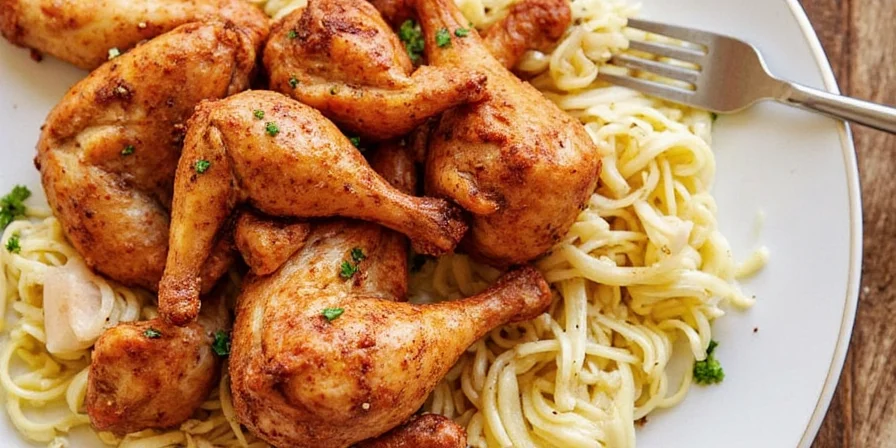
Now go forth and season like a pro!

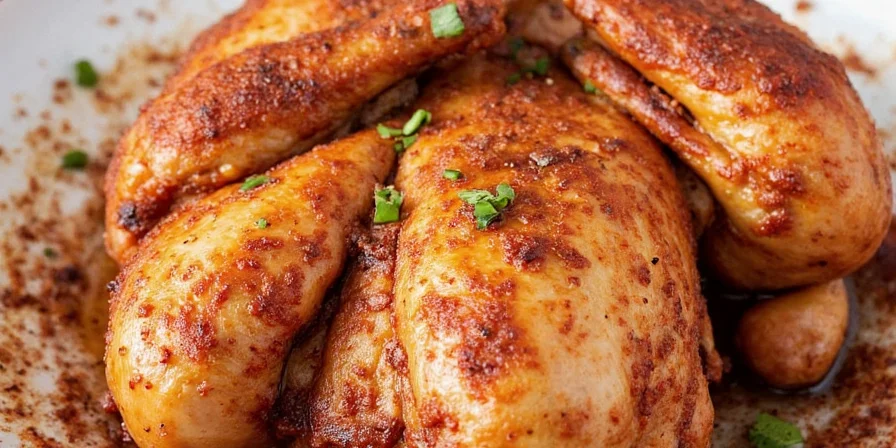









 浙公网安备
33010002000092号
浙公网安备
33010002000092号 浙B2-20120091-4
浙B2-20120091-4